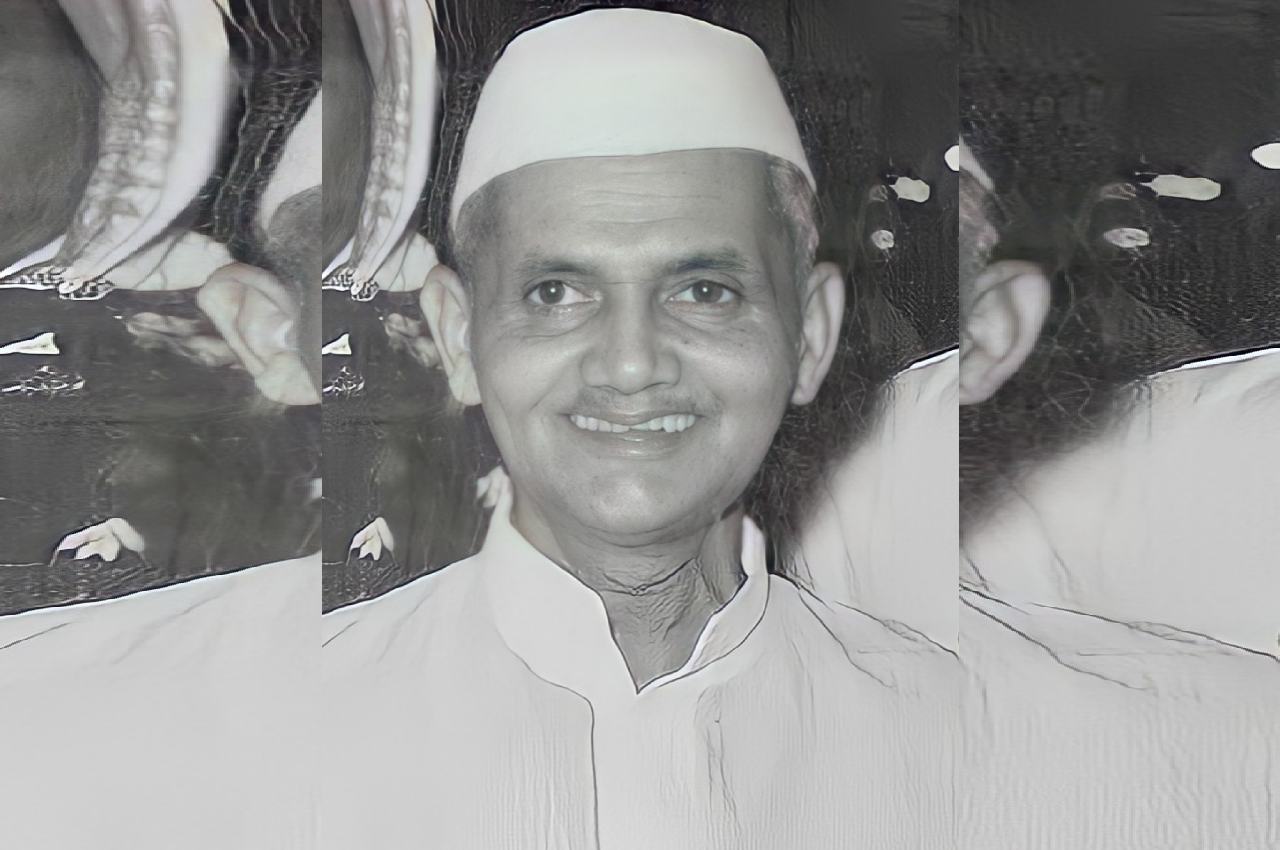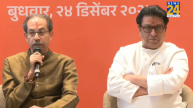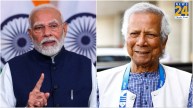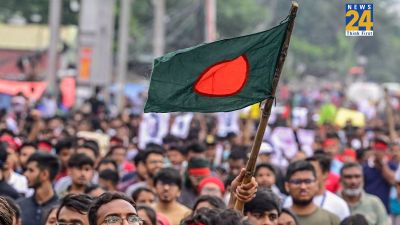New Delhi: “We must fight for peace with the same valor as we fought in war”, “I am not as simple as I look”, “We want peace and prosperity not only for ourselves but for the people around the world”. We believe in peaceful development.” These three sentences are enough to describe the personality of Lal Bahadur Shastri, the second Prime Minister of independent India. He served the nation for more than 30 years with high integrity, competence, grounded and humble nature. Lal Bahadur Shastri was famous for his slogan ‘Jai Jawan Jai Kisan’.
Early life of Mahatma Gandhi
Lal Bahadur Shastri was born on October 2, 1904, in Mughalsarai to Sharda Prasad Srivastava, a clerk in the revenue office in Allahabad, and Ramdulari Devi. His date of birth coincides with the birth anniversary of Mahatma Gandhi.
Also Read: President Murmu on two-day visit to Gujarat from today
He enrolled in an inter college after taking his early education from Harish Chandra High School, but Shastriji dropped his studies to join the non-cooperation movement. He was married to Lalita Devi on 16 May 1928.
Joined Non-Cooperation Movement at 16
At the age of 16, Shastri joined the non-cooperation movement to fight against the British. His prime ministership was for a short period of 19 months, but he has served the country for 30 years by being a part of India’s struggle for independence. He was a life member of the Servants of the Jan Samaj (Lok Sevak Mandal) founded by Lala Lajpat Rai. There he started working for the upliftment of the backward classes and later became the president of that society.
Protests and imprisonments
Around the 1920s, Shastri became involved in the Indian independence movement and was briefly imprisoned by the British. In the 1930s, he participated in the Salt Satyagraha and was jailed for more than two years. In 1937, he was the organizing secretary of the Parliamentary Board of UP and later in 1942, when Mahatma Gandhi launched the Quit India Movement in Mumbai, he was again jailed. His imprisonment continued until 1946, with a total of nine years in prison.
Also Read: Mallikarjun Kharge can’t bring change: Shashi Tharoor
Life in jail
His time in prison was used to read books and understand the work of Western philosophers, revolutionaries and social reformers. He was also awarded India’s highest civilian award posthumously in 1966. He promoted the White and Green Revolution in India which helped increase milk production by supporting the Amul Milk Cooperative in Gujarat and creating the National Dairy Development Board.
Promoted Green Revolution
In 1965, promoting the Green Revolution helped increase the productivity of food grains in places like Haryana, Punjab and Uttar Pradesh.
Also Read: Big Breaking! Terrorists attack in J&K’s Pulwama; one police personnel martyred
Inspiration for the world
During the Indo-Pak war of 1965 when the country was facing food shortage, Lal Bahadur Shastri did not take his salary. He resigned from the post of Railway Minister, holding himself responsible for a train accident.
Lal Bahadur Shastri’s death anniversary
Shastri died on January 11, 1966, just a day after the peace treaty was signed in Tashkent with the President of Pakistan Ayub Khan after the end of the Indo-Pakistani War of 1965. His death still remains a mystery. The cause of death was stated to be cardiac arrest, but the Shastri family claimed that it was poison. He received the Bharat Ratna, the highest civilian award, posthumously in 1966.













